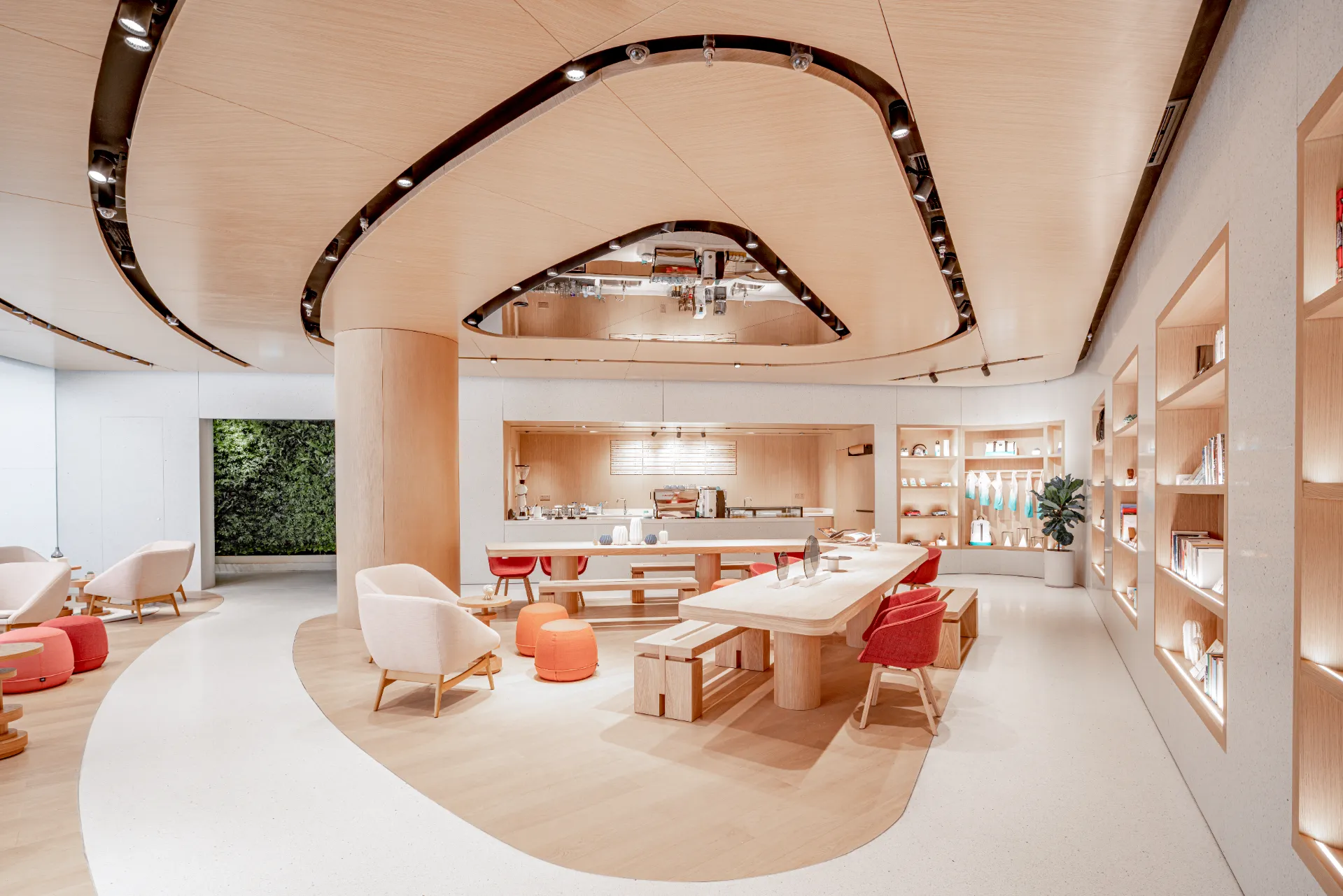dec. . 26, 2024 07:24 Back to list
augmented reality (ar)
Augmented Reality (AR) Transforming Our Perception of the World
In recent years, augmented reality (AR) has emerged as a revolutionary technology that is transforming the way we interact with the world around us. By overlaying digital information—such as images, sounds, and other sensory enhancements—onto the physical environment, AR enables users to experience a unique blend of reality and virtuality. This powerful medium is not only captivating entertainment but also a tool with fascinating applications across various fields, including education, healthcare, gaming, and retail.
The Mechanics of Augmented Reality
At its core, augmented reality operates through a combination of hardware and software. Devices such as smartphones, tablets, and specialized AR glasses are equipped with cameras, sensors, and processors. The software processes the data captured by these devices, identifies real-world objects and surfaces, and then overlays relevant digital content in real-time. This seamless integration creates a rich, interactive experience that feels both immersive and intuitive.
One of the most well-known examples of AR in action is the mobile game Pokémon GO, which took the world by storm in 2016. Players traverse their real-world surroundings to capture virtual creatures—Pokémon—superimposed onto their environment via their smartphone screens. While this game popularized AR gaming, it also illustrated the technology's potential to encourage physical activity and exploration of the real world.
Applications Across Various Sectors
The applications of AR extend far beyond gaming. In education, for instance, AR offers innovative ways to engage students. By bringing complex subjects to life—such as biology diagrams displayed in three-dimensional form—AR helps students to visualize and understand intricate concepts. Imagine a biology classroom where students can dissect a virtual frog or explore the human anatomy in 3D, providing hands-on experience without the limitations of physical materials.
augmented reality (ar)

In healthcare, AR is paving the way for more effective training and patient care. Surgeons can use AR to project vital information onto their field of view during operations, aiding precision and improving outcomes. For medical students, AR simulations offer a safe environment to practice procedures before engaging with real patients. Furthermore, applications like those developed by Microsoft’s HoloLens show significant promise in guiding doctors through complex surgeries by overlaying digital imaging on the patient.
Retail is another sector experiencing a significant transformation through AR. Brands like IKEA have developed apps that allow customers to visualize how furniture would look in their homes before making a purchase. Such tools reduce the uncertainty that often accompanies online shopping, ultimately leading to higher consumer satisfaction and decreased return rates. The integration of AR technologies in retail not only enhances the shopping experience but also allows for more informed decision-making.
Challenges and Future Prospects
Despite its vast potential, augmented reality faces several challenges that must be addressed for broader adoption. Privacy concerns, especially related to data collection and surveillance, are significant. Users must be assured that their personal information is secure and not exploited. Additionally, the technology often requires robust hardware that may not be accessible to everyone, thus widening the digital divide.
Looking to the future, the integration of AR with other emerging technologies—such as artificial intelligence (AI) and the Internet of Things (IoT)—promises even greater possibilities. AI can enhance AR experiences by analyzing user interactions and preferences, creating a more personalized environment. In smart cities, AR could assist pedestrians with navigation, display real-time information about their surroundings, and provide historical context for landmarks.
Conclusion
Augmented reality is not just a fleeting trend but a transformative technology reshaping our interactions with the world. With its wide-ranging applications in education, healthcare, gaming, and retail, AR has the potential to enhance our daily lives in extraordinary ways. As the technology continues to evolve, addressing its challenges will be essential to unlocking its full potential. The future of AR is bright, paving the way for a richer, more interactive experience that blends the digital and physical realms in unprecedented ways.
-
Optimize Retail Displays With Advanced Rack Fitting For Shop
NewsAug.22,2025
-
Showcase Your Products Effectively With a Premium Portable Showcase
NewsAug.22,2025
-
Transform Your Retail Space With a Premium Shopfitting Store
NewsAug.22,2025
-
Transform Your Store With Premium Retail Shop Fittings
NewsAug.22,2025
-
Maximize Retail Display with Slatwall Solutions
NewsAug.22,2025
-
Shopfitting Shop — Creating Efficient and Attractive Retail Spaces
NewsAug.22,2025


















































































































